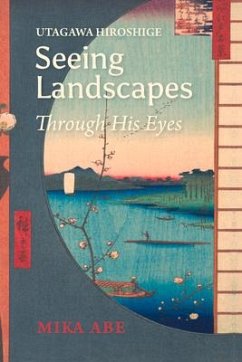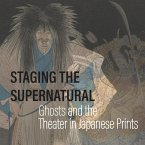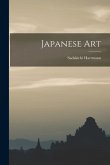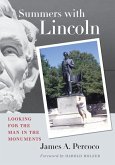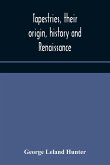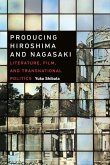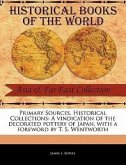In the late Edo period, when society was maturing and Japan was moving to open its doors to the outside world, landscapes were undergoing major changes. Many world-famous ukiyo-e painters were active during this period, among them Utagawa Hiroshige. Hiroshige left us not only his ukiyo-e paintings but also his words. This book explores Hiroshige's views of the landscape through his ukiyo-e work Ehon Edo Miyage (Edo Souvenirs), published from 1850 to 1867, while placing considerable emphasis on the analysis of Hiroshige's text, which is often neglected by art historians. Why did Hiroshige depict ordinary scenes featuring common people, not only famous tourist places, in his ukiyo-e? What was it that Hiroshige wanted to convey through his picture book? His work explores not only the bright life of Edo, but also the reality of the surrounding scenery, which was rapidly transforming in the midst of social change. This book allows us to see the landscape of the time through Hiroshige's eyes and to experience his connection to scenery.

